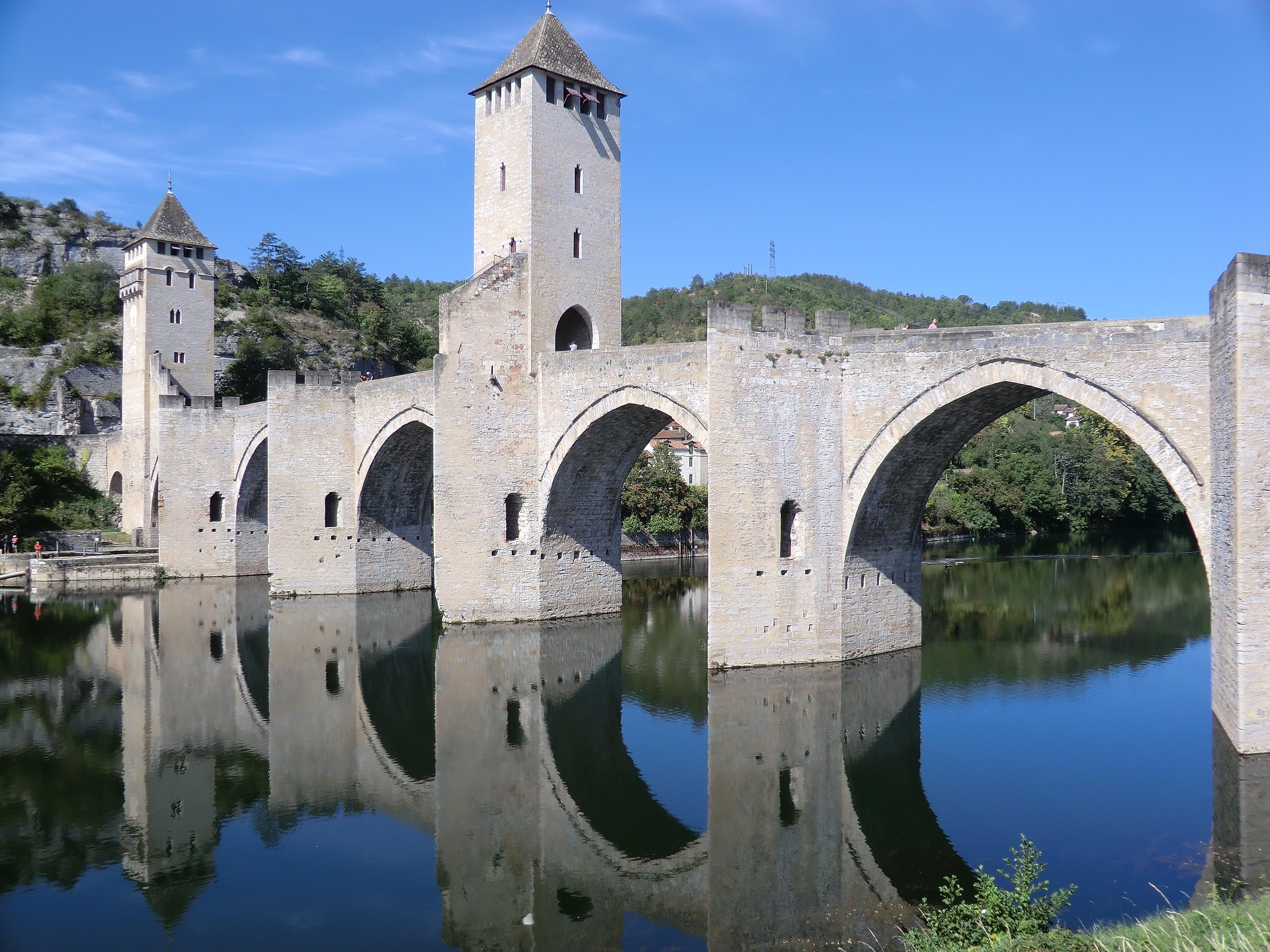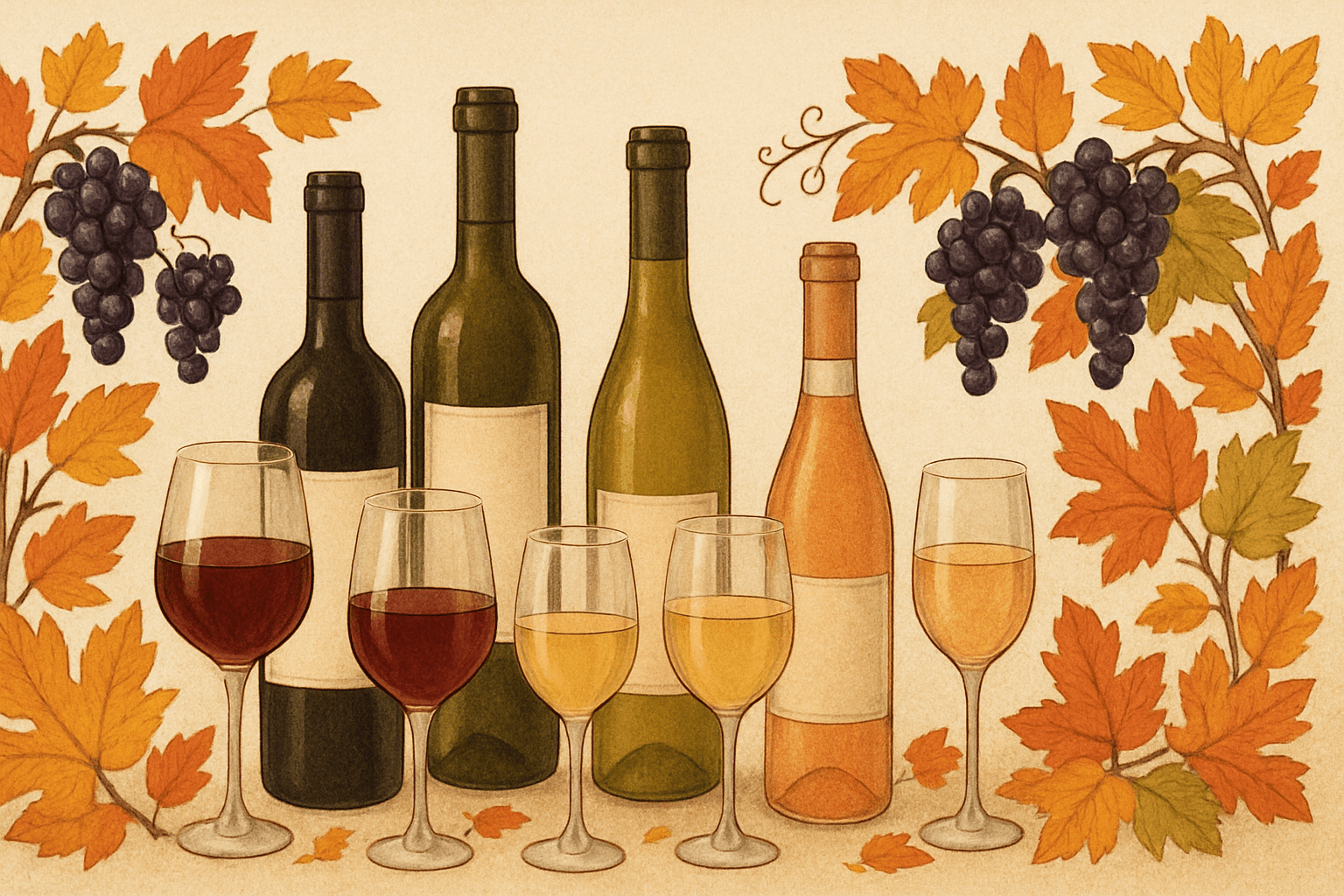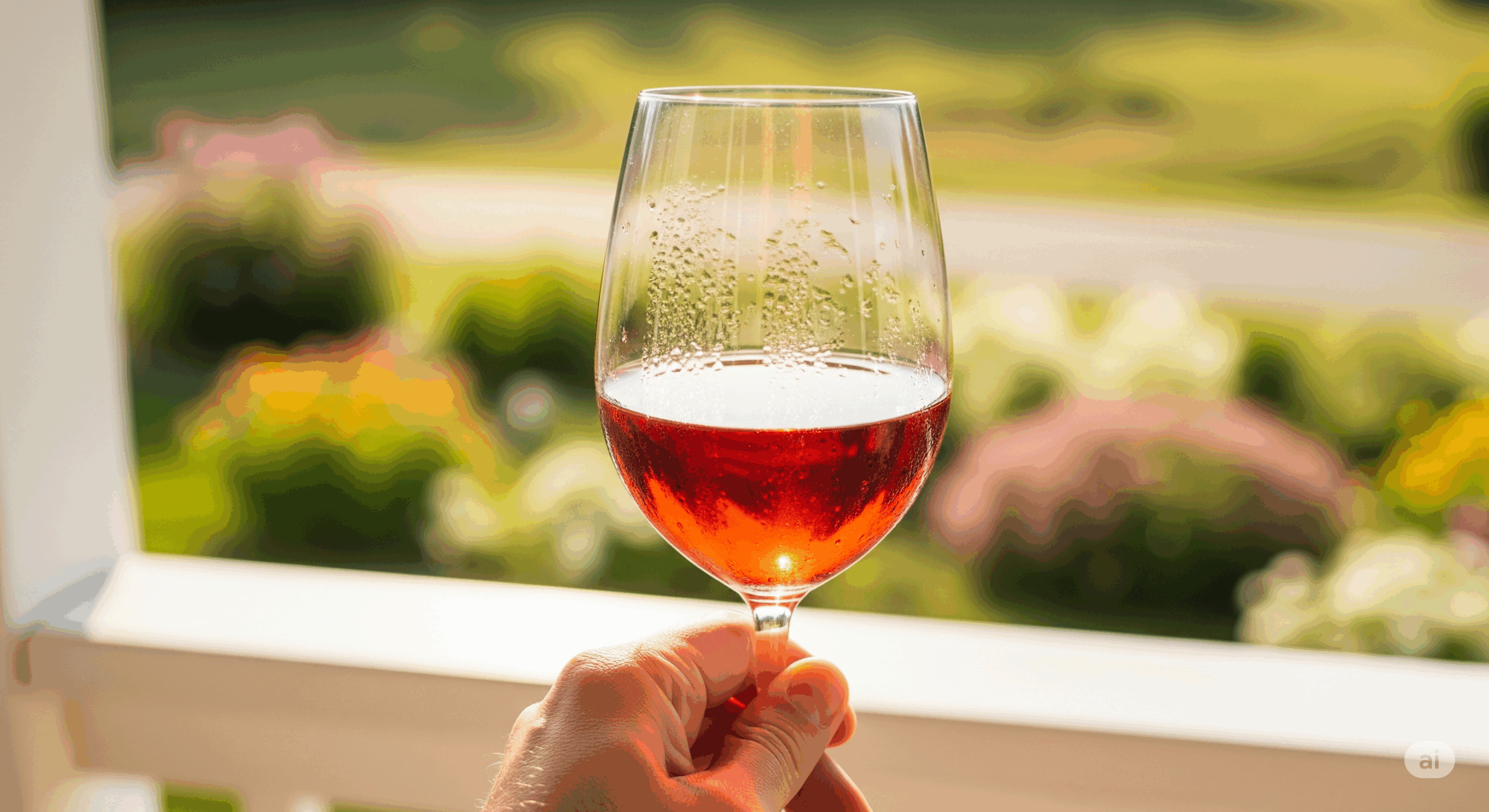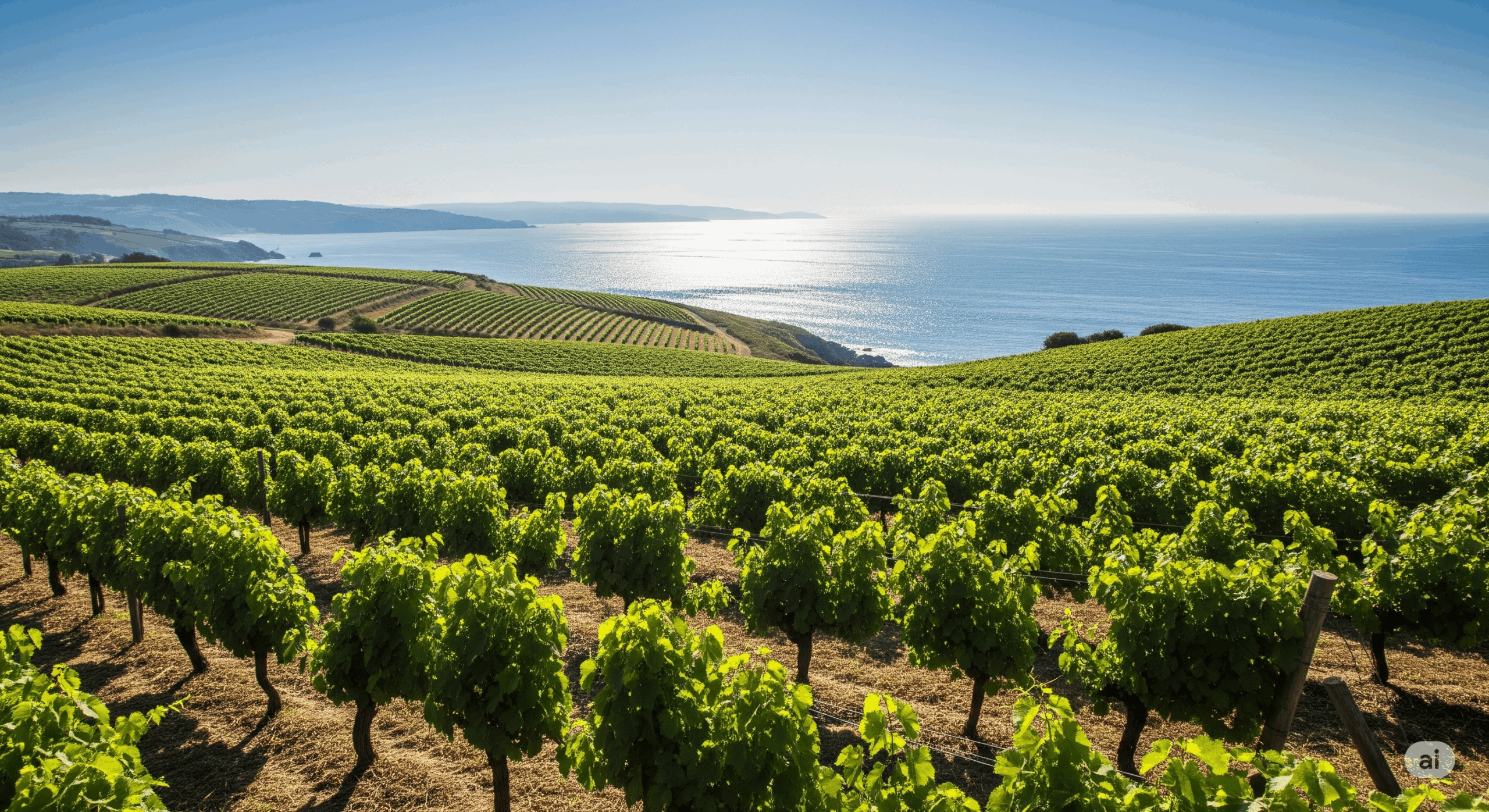A Hidden French Gem
If you’ve spent time exploring French wines, you’ve probably heard of Bordeaux, Burgundy, the Loire, and Champagne. But have you ventured further south, beyond the buzz of big names, to the ancient, rugged wine country of Cahors? This quaint and historic appellation sits quietly in southwest France, nestled along the winding curves of the Lot River, and is known for creating some of the darkest, richest red wines you’ll ever encounter.
For centuries, the wines of Cahors were admired and enjoyed widely across Europe—even favored by Russian Tsars and English royalty. Today, after fading from prominence for a while, Cahors is experiencing a renaissance, reconnecting with its roots while capturing a new wave of wine drinkers hungry for authentic, terroir-driven wines.
A Brief History: Ancient Roots and Royal Admirers
The history of wine-making in Cahors goes back nearly 2,000 years, to the Romans who recognized this area’s perfect conditions for vineyards. Cahors wines first rose to prominence in medieval times, famously classified as a “black wine” (“Vin Noir de Cahors”) thanks to their deeply pigmented, almost opaque color.
In the Middle Ages, the wines of Cahors enjoyed significant fame throughout Europe, aided by its strategic location along river trade routes connecting inland France to major port cities such as Bordeaux. Merchants and nobles prized Cahors wines highly. In fact, when Eleanor of Aquitaine married King Henry II of England, the trade and popularity of Cahors wine blossomed spectacularly on the British royal table.
Unfortunately, Cahors’ history is not without hardship. Decimated by phylloxera (the vine disease epidemic of the 19th century) and impacted by wars and economic setbacks, the region struggled significantly, eventually becoming overshadowed by the rising international prestige of Bordeaux.
Thankfully, a resurgence in recent decades has brought Cahors back from obscurity. Modern winemakers recognize the region’s hidden treasures: its unique soils, terroir, and the native grape, Malbec, that flourishes here.
Malbec, the Heart and Soul of Cahors
Although most people today associate Malbec with Argentina—and rightfully so, considering its tremendous international popularity—the grape actually has its origins right here in Cahors. Locally known as “Côt” or “Auxerrois,” Malbec has centuries of history as Cahors’ native star grape, bringing a signature deep color, firmness of structure, and robust fruit character to the wines.
Malbec here feels very different from its New World counterpart. Unlike Argentine Malbecs—often soft, fruity, plump, and round—Cahors Malbecs bring a distinctly Old World style to the table: powerful yet elegant, structured yet nuanced, deeply colored, and densely flavored. Their personality speaks of the land more than anything else: dark forest fruits, savory herbs, hints of earth, spices, and a robust, age-worthy tannic character.
By law, Cahors wines must consist of at least 70% Malbec, although most top-quality Cahors vineyards today emphasize Malbec at 85–100%, often adding small proportions of Merlot or Tannat for additional complexity, softness, or structure.
Cahors Terroir: Between Rivers and Plateau
What really separates Cahors from other regions is its striking terroir—a rugged and beautiful convergence of three major geographic elements:
- Valley (Terraces of the Lot River): Alongside the winding Lot River are fertile alluvial terraces offering richer, more fruit-forward wines often approachable young.
- Mid-Slopes: Composed of limestone, sandy-clay soils, and steeply inclined terraces; wines from here show greater depth, complexity, minerality, and longevity.
- Plateau (Causses): The high-altitude limestone plateaus (causses) above the Lot valley, covered by thin, rocky soils, demand vines dive deep into the earth to find water. Wines from this zone showcase exceptional mineral backbone, deep structure, firm tannins, and intense concentration—perfect for aging.
Each terroir contributes to Cahors’ complexity, and thoughtful winemakers blend wine from different vineyard sites to find harmony and layers.
The Winemaking Style of Cahors Wines: Tradition Meets Evolution
Traditionally, Cahors relied on a philosophy of hearty extraction and robust structure, resulting in densely tannic wines that needed significant aging. But recent years have brought many changes. Inspired in part by the popularity of Argentina’s plump and approachable Malbec, many winemakers in Cahors have evolved their winemaking style, blending traditional and modern techniques to achieve wines of greater elegance, finesse, and freshness without sacrificing complexity.
Today, Cahors wine production generally falls into two broad categories:
- Traditionalists aiming for powerful, long-aged wines with impressive tannic structure, built for cellaring.
- Modernists, who farm carefully, often organically or biodynamically, using less extraction, shorter macerations, careful oak aging, and gentler winemaking methods to strike a perfect balance of immediate drinkability and long aging potential.
What’s beautiful is the coexistence of both philosophies, reflecting Cahors’ evolving identity: authentic expressions of terroir and tradition alongside innovation, accessibility, and versatility.
Tasting Cahors: Flavors, Aromas, and Aging Potential
When tasting a quality Cahors, color is immediately striking: a dark, almost opaque ruby-violet hue, hence the “black wine” nickname. Aromas lean towards blackberry, black cherry, cassis, violet floral notes, herbs, licorice, tobacco, cedarwood, and earthy minerality.
On the palate, expect firm tannins especially in young wines, coupled with fresh, balancing acidity. With age, these wines soften, revealing a delightful complexity—earthy, smoky, and savory layers emerge along with ripe black fruits. The best wines of Cahors easily handle 10–20 years or more of cellaring, acquiring beautiful tertiary notes like leather, tobacco, and forest floor.
Pairing Cahors with Food
Because Cahors wines are robust and structured, they’re wonderful with hearty dishes:
- Red meat: Grilled ribeye steak with rosemary, braised short ribs, roast lamb with garlic and herbs, duck confit, cassoulet.
- Rich cheese: Strong, aged cheeses like Comté, aged Gouda, aged Manchego, or Bleu d’Auvergne.
- Umami-rich dishes: Mushrooms, lentil-based dishes, tomato-based stews.
Cahors wines shine brightest with dishes highlighting savory richness, earthy rusticity, or smoky grilled notes—they demand food just as complex and hearty to stand up gracefully.
Cahors Producers to Explore
- Château du Cèdre – Widely regarded pioneers in modern Cahors; biodynamic, fresh, elegant Malbecs full of panache.
- Clos Triguedina – Historic estate making structured, age-worthy Cahors, famed for their meticulous quality and vineyard blending.
- Château Lamartine – Beautiful wines balancing modern freshness and traditional structure; remarkable consistency and great value.
- Château Lagrezette – Classic château dating back to the medieval period, crafting robust but polished wines of exceptional depth.
- Mas del Périé (Fabien Jouves) – Young winemaker bringing fresh, natural winemaking philosophy to Cahors with bright, expressive styles.
Cahors Today and Tomorrow: Rediscovering a Great French Region
Today, Cahors winemakers are proud of their heritage while boldly evolving to the modern stage. Thanks to younger generation winemakers focusing on sustainability, organic viticulture, terroir-driven depth, and approachable elegance, Cahors wines are again growing in favor with critics and wine lovers globally.
Wine enthusiasts today realize what Cahors has always been capable of producing: authentic, characterful wines with a true sense of place, history, and variety. While Cahors might feel like one of France’s “undiscovered” regions, don’t expect that to last forever. Wise consumers and sommeliers are already highlighting this region, making it clear that the black wine of Cahors is well worth your attention—now, more than ever.
Did you like this content? If you did, let us know and share it with your friends.
This page contains affiliate links. We receive a small compensation when you purchase through affiliate links. While clicking these links won’t cost you a cent, it will help us keep the lights on and buy more wine. To find out more, click here.






